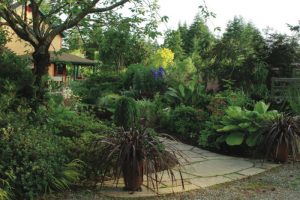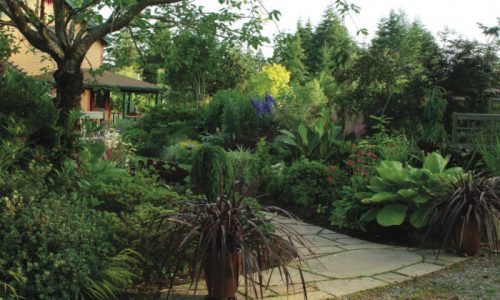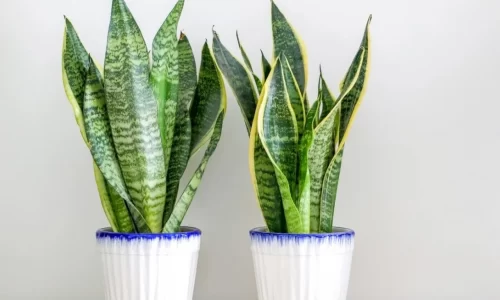Introduction
When it comes to gardening and landscaping, one of the most critical factors for success is the quality of the soil. In Wichita, KS, the key to achieving thriving plants, bountiful harvests, and a vibrant landscape lies in understanding and harnessing the power of top soil. In this article, we will explore the importance of top soil, its characteristics, and where to find the best top soil in Wichita, KS.
Understanding Top Soil
Top soil, often referred to as the “skin of the Earth,” is the uppermost layer of soil found in the ground. It is a vital resource for plant growth, as it contains essential nutrients, organic matter, and a healthy microbial ecosystem. This layer acts as a foundation, providing the necessary support and nourishment for plants to establish strong root systems and thrive.
Characteristics of High-Quality Top Soil
Nutrient-rich:
High-quality top soil is rich in vital nutrients such as nitrogen, phosphorus, and potassium. These nutrients are crucial for plant growth, and their presence in the soil ensures healthy and vigorous plant development.
Adequate drainage and water retention:
Top soil should strike a balance between retaining moisture and draining excess water. It should have good drainage properties to prevent waterlogging while retaining enough moisture for plant uptake.
Texture and structure:
The texture of top soil influences its ability to hold water and provide oxygen to plant roots. A loamy texture, which includes a mixture of sand, silt, and clay, is often considered ideal as it allows for proper water retention and drainage.
Organic matter content:
The presence of organic matter in top soil improves its fertility and enhances its ability to retain moisture. Organic matter, such as decomposed plant material and animal waste, provides a steady release of nutrients, promotes beneficial microbial activity, and aids in maintaining soil structure.
Finding Top Soil in Wichita, KS
Local garden centers and nurseries:
Garden centers and nurseries in Wichita, KS, often offer top soil for sale. They can provide valuable advice on choosing the right type of top soil for specific gardening or landscaping needs.
Local farms and composting facilities:
Some local farms and composting facilities may produce and sell high-quality top soil. These sources often utilize organic waste, such as yard clippings and food scraps, to create nutrient-rich compost that can be used as top soil.
Landscaping supply companies:
Landscaping supply companies in Wichita may stock top soil and offer bulk purchasing options. These companies can provide delivery services, making it convenient to acquire the required amount of top soil for larger gardening or landscaping projects.
Online marketplaces:
Online marketplaces can be a convenient source for purchasing top soil. Many suppliers offer top soil products online, allowing you to compare prices, read customer reviews, and have the soil delivered directly to your doorstep.
The Importance of Soil Testing
Before embarking on any gardening or landscaping project, it is highly recommended to conduct a soil test. Soil testing provides valuable insights into the composition and pH levels of your top soil. The test results help determine any nutrient deficiencies or imbalances, allowing you to make appropriate amendments to optimize the soil’s fertility and ensure the best growing conditions for your plants.
Amending Top Soil
Sometimes, the existing top soil may require amendments to improve its quality. Common soil amendments include adding organic matter, such as compost or aged manure, to enhance nutrient content and improve soil structure. Additionally, specific additives like lime or sulfur can be used to adjust the soil’s pH levels, creating an environment suitable for the plants you intend to grow.
Mulching for Soil Health
Mulching is a beneficial practice that helps maintain soil health and moisture levels. By covering the soil surface with organic materials like wood chips, straw, or leaves, you can reduce weed growth, prevent soil erosion, and regulate soil temperature. As the mulch breaks down, it contributes organic matter to the top soil, improving its fertility over time.
Conservation Practices for Top Soil Preservation
To ensure the long-term health and sustainability of top soil in Wichita, KS, it is essential to implement conservation practices. These practices include techniques like contour plowing, terracing, and cover cropping, which minimize soil erosion and promote water conservation. By preventing erosion, top soil loss can be minimized, preserving its fertility and preventing sediment runoff into waterways.
The Role of Organic Gardening
In recent years, organic gardening has gained popularity due to its focus on sustainable practices and the avoidance of synthetic chemicals. Choosing organic fertilizers, compost, and natural pest control methods can contribute to the overall health of your top soil. Organic gardening methods encourage the development of a diverse soil ecosystem, promoting beneficial microorganisms that contribute to nutrient cycling and plant vitality.
Native Plants and Top Soil
When planning your garden or landscape in Wichita, KS, consider incorporating native plants into your design. Native plants are well-adapted to the local climate and soil conditions, making them a perfect match for the top soil in the area. They require less maintenance, are more resistant to pests and diseases, and have deeper root systems that contribute to the overall health of the top soil.
Crop Rotation and Top Soil Health
If you’re involved in agricultural practices or vegetable gardening, implementing crop rotation techniques can benefit the health of your top soil. Crop rotation involves planting different crops in a specific sequence over several years. This practice helps break pest and disease cycles, reduces nutrient depletion, and enhances soil fertility. By rotating crops, you can maintain a healthy balance of nutrients in the top soil and minimize the risk of soil-borne diseases.
Composting to Enhance Top Soil
Composting is an effective way to create nutrient-rich organic matter for your top soil. By composting kitchen scraps, yard waste, and other organic materials, you can produce a valuable soil amendment that enriches the top soil with beneficial microorganisms, improves its structure, and increases its water-holding capacity. Compost can be spread over the top soil or incorporated into the soil during planting to provide long-term benefits for plant growth.
Protecting Top Soil from Erosion
Preventing erosion is crucial for preserving the quality of top soil. In areas prone to erosion, such as sloping landscapes, it’s important to implement erosion control measures. This may involve constructing terraces, installing retaining walls, or planting ground cover plants to stabilize the soil and prevent runoff. By protecting the top soil from erosion, you maintain its integrity, retain valuable nutrients, and ensure the long-term productivity of your garden or landscape.
Community Resources for Top Soil Education
If you’re interested in learning more about top soil and its management in Wichita, KS, consider exploring local community resources. Extension offices, gardening clubs, and workshops offered by horticultural organizations can provide valuable information, expert advice, and hands-on demonstrations on soil health, composting techniques, and sustainable gardening practices. Engaging with the local gardening community can help you stay updated on the latest research and best practices for top soil management in the area.
Conclusion
Top soil is the lifeblood of successful gardening and landscaping in Wichita, KS. By understanding its characteristics, implementing sustainable practices, and utilizing local resources, you can create a flourishing outdoor environment that showcases the beauty of your surroundings. Whether you’re a homeowner, gardener, or farmer, investing in the quality and care of your top soil is a rewarding endeavor that will yield long-term benefits for both your plants and the environment.
[youmightlike]








